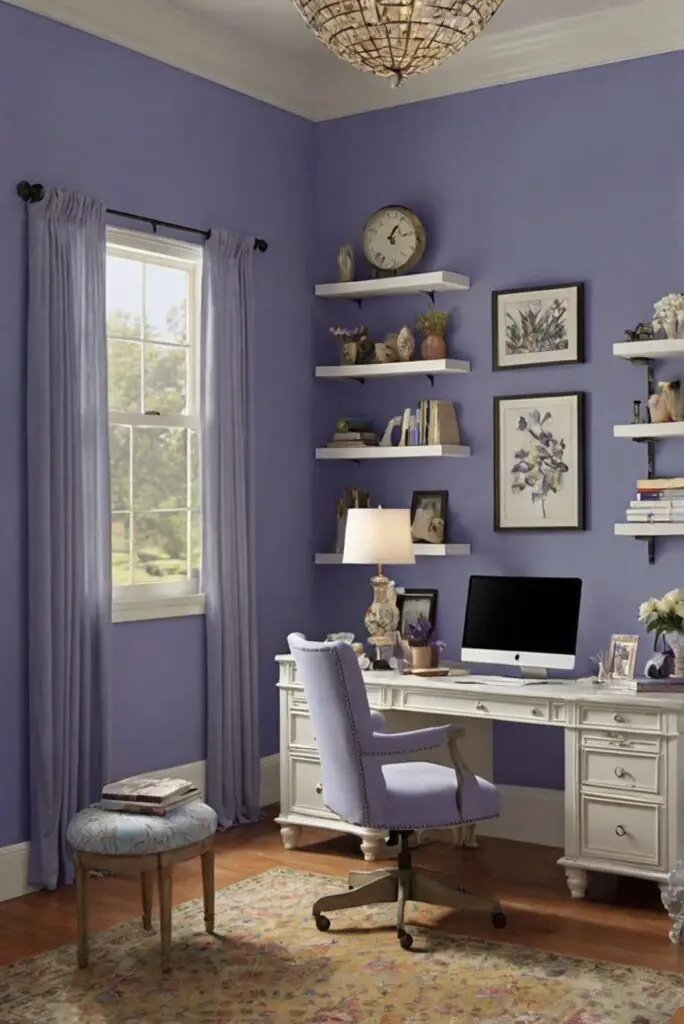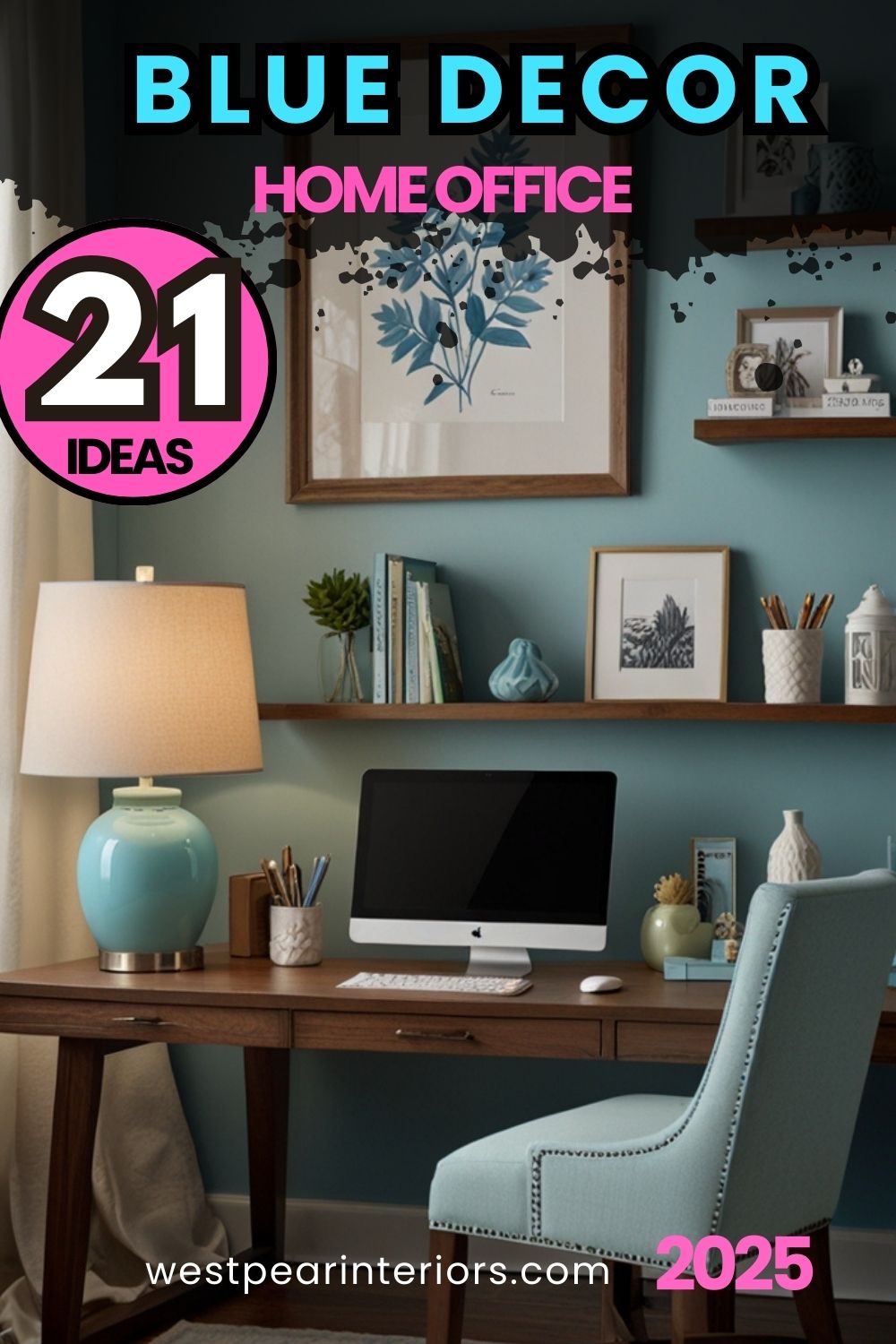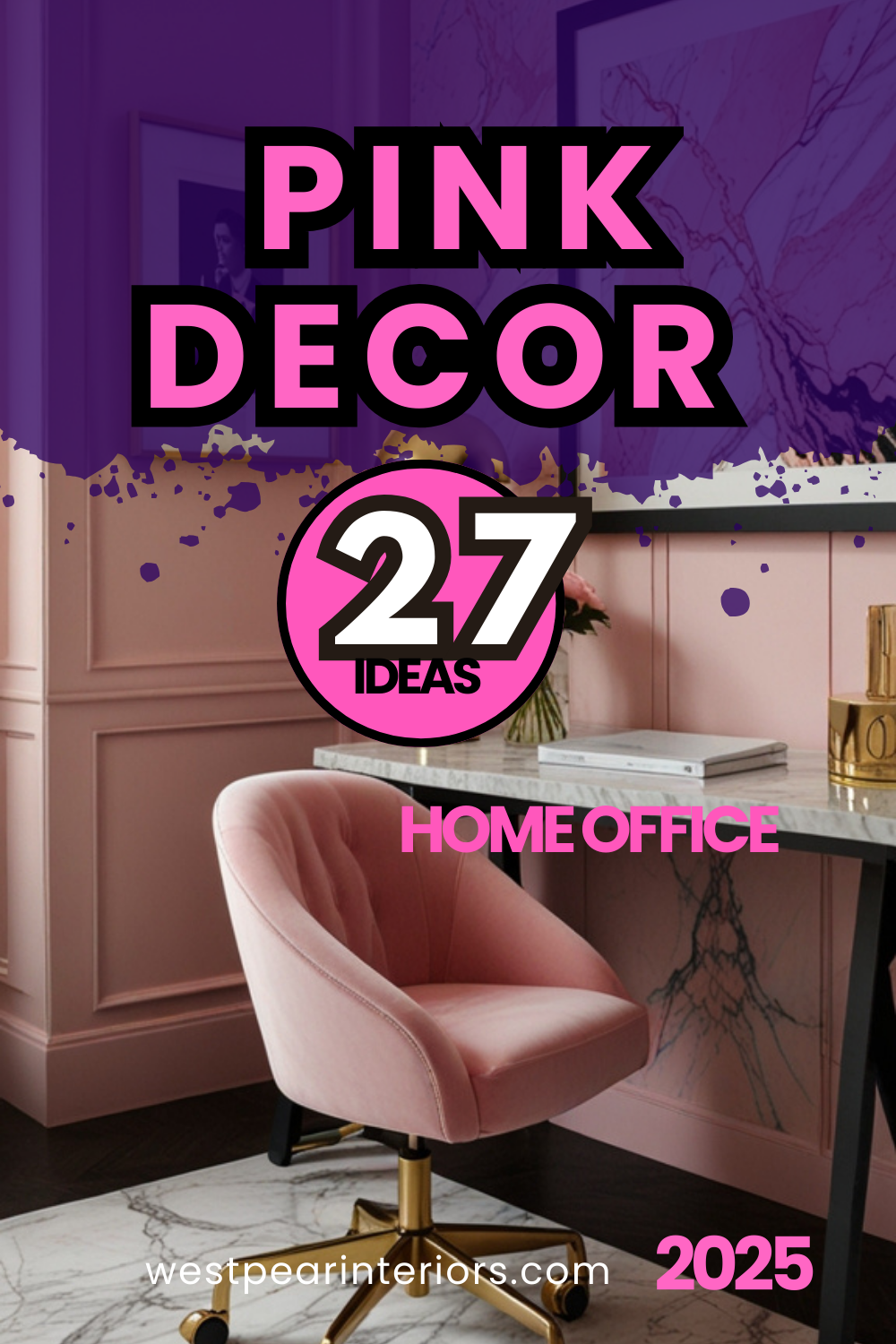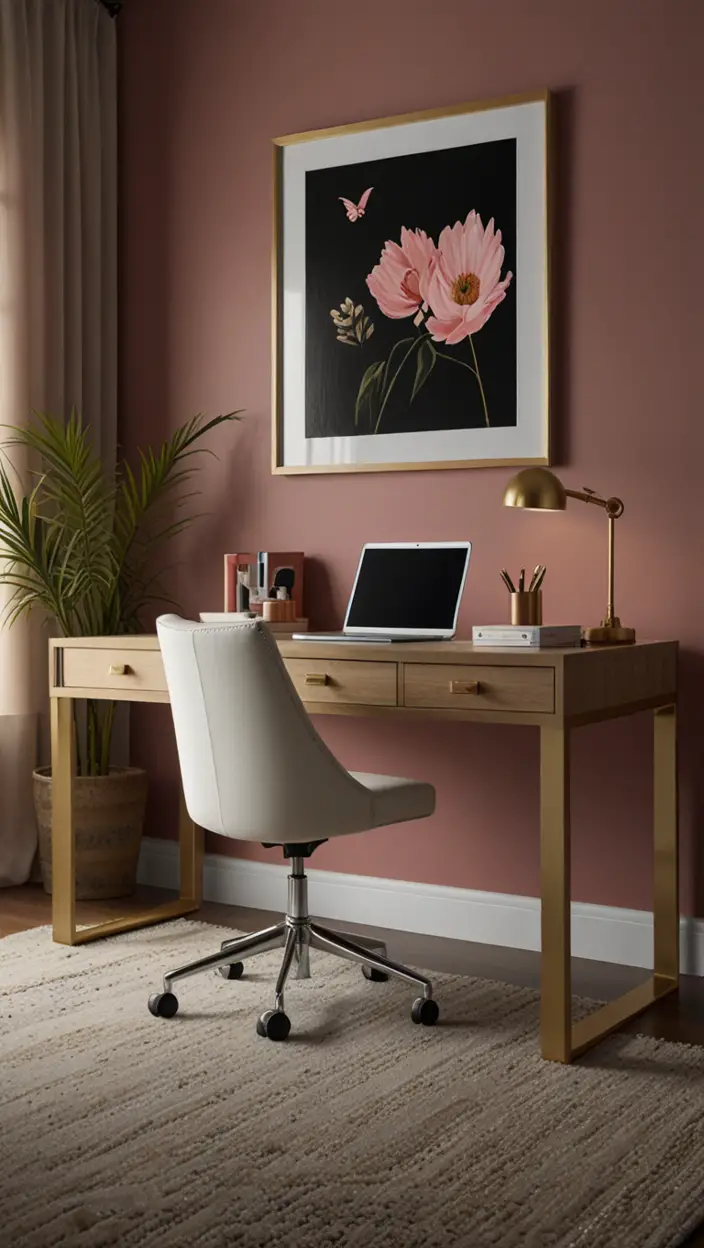Discover the secrets to selecting the perfect color scheme for your home office furniture. Elevate your workspace with expert tips.
To choose a color scheme that complements your home office furniture, start by considering the existing colors in the room. Look at the dominant hues in your furniture, walls, and decor items. Opt for colors that harmonize with these instead of clashing. For example, if your furniture is dark wood, consider warm tones like beige or cream to create a cozy atmosphere. Alternatively, you can create contrast by selecting complementary colors on the color wheel. Experiment with color swatches and consider the natural light in the room to ensure the colors look appealing in different lighting conditions. Remember to balance bold colors with neutrals for a cohesive look.
How do I determine the primary color of my home office furniture to choose a complementary color scheme?
Determining the primary color of your home office furniture is crucial in selecting a complementary color scheme. Start by analyzing the dominant color of your furniture pieces. If your desk, shelves, and cabinets are primarily in a specific color, such as dark wood or white, consider this as your primary color. This color will serve as the foundation for your color scheme.
My Lovely Spring Paint for 2025
Ready for a Spring Makeover? Explore the Freshest 2025 Paint Trends!
White Sage/Green SW Pistachio green Soft blue Honeysweet/Orange Pink Sugar Sage Tint BMAs an Amazon Associate, I may earn a commission from qualifying purchases at no extra cost to you.
Additionally, you can look at the undertones of the primary color. For example, if your furniture has warm undertones like red or yellow, you may want to choose complementary colors with similar undertones to create a cohesive look. On the other hand, cool-toned furniture pairs well with colors like blue or green.
Consider the style of your furniture as well. Modern pieces often feature neutral tones like black, white, or gray, which can be easily complemented by a variety of colors. Traditional furniture with rich wooden finishes may work well with earthy tones or deep shades for a sophisticated feel.
Remember to take into account your personal preferences and the overall mood you want to achieve in your home office. Whether you prefer a calming atmosphere or a vibrant workspace, the primary color of your furniture will guide you in choosing complementary colors that enhance the look and feel of the room.
Can I mix different colors in my home office furniture and still have a cohesive color scheme?
My fAV Spring DECOR for 2025
Discover Spring’s Best 2025 Decor Combinations – Perfect for Any Room!
Oversized Indoor Plants White Curved Sofas Rugs BOH Brown Cream Moroccan Hype Boho Rug Outdoor Patio Furniture Sets Topfinel Pillow CoversAs an Amazon Associate, I may earn a commission from qualifying purchases at no extra cost to you.
Mixing different colors in your home office furniture is possible while maintaining a cohesive color scheme. The key is to establish a balance and harmony among the various hues. One approach is to choose a dominant color that ties all the pieces together. This could be a neutral tone like beige or gray that acts as a unifying element.
To create visual interest and prevent a monotonous look, you can introduce complementary or analogous colors to accentuate different furniture pieces. For example, if your desk is a rich espresso color, you can add a pop of color with a vibrant blue chair or accessories. This adds depth and personality to your space without overwhelming it with clashing colors.
Consider using color swatches or creating a mood board to visualize how different colors work together in your home office. This allows you to experiment with various combinations before committing to a final color scheme. By mixing and matching colors thoughtfully, you can create a dynamic and cohesive look that reflects your personal style.
What is the significance of considering the existing room decor while selecting a color scheme for my home office furniture?
Considering the existing room decor is crucial when selecting a color scheme for your home office furniture. The color palette of your furniture should complement the overall design aesthetic of the room to create a harmonious and unified space.
Take note of the walls, flooring, lighting, and any existing decor elements like artwork or curtains. These elements contribute to the ambiance of the room and should be taken into account when choosing colors for your furniture.
If the room has a minimalist and modern design, opt for furniture colors that are sleek and understated to maintain the clean and contemporary look. For rooms with a cozy and traditional feel, warmer tones in the furniture can enhance the inviting atmosphere.
Moreover, consider the natural light in the room as it can influence how colors appear. Dark furniture in a room with limited natural light may make the space feel heavy, while light-colored furniture can help brighten up the room and create an airy feel.
By considering the existing room decor, you can ensure that your home office furniture complements the overall design scheme and contributes to a cohesive and visually appealing workspace.
How can I match the hue of the wall paint with my home office furniture to create a harmonious environment?
Matching the hue of the wall paint with your home office furniture is a key step in creating a harmonious environment. Start by identifying the undertones of your furniture color. If your furniture leans towards warm tones, consider selecting wall paint colors with similar warm undertones like beige, terracotta, or taupe. This creates a cohesive and inviting atmosphere in the room.
Alternatively, if your furniture features cool tones, opt for wall paint colors in shades of blue, gray, or green to complement the furniture and establish a sense of unity.
Using a color wheel can also be helpful in determining complementary or analogous colors for your walls. Analogous colors are adjacent on the color wheel and create a soothing and harmonious effect when paired together. Complementary colors, which are opposite each other on the color wheel, offer a bold and dynamic contrast.
Consider the size of your home office as well when selecting wall paint colors. Lighter hues can make a small space feel more spacious and airy, while darker colors add depth and coziness to a larger room.
By carefully matching the hue of the wall paint with your home office furniture, you can create a balanced and harmonious environment that promotes productivity and comfort.
Can I opt for neutral colors for my home office furniture if I want to keep the overall look clean and simple?
Opting for neutral colors for your home office furniture is an excellent choice if you prefer a clean and simple look. Neutral tones like white, beige, gray, or wood finishes provide a versatile and timeless appeal that can easily adapt to different design styles.
Neutral furniture creates a blank canvas that allows you to introduce color through accessories, artwork, or accent pieces. This versatility makes it easier to update and change the look of your home office without replacing major furniture items.
Moreover, neutral colors promote a sense of calm and serenity, which is ideal for creating a peaceful and focused work environment. They help reduce visual clutter and distractions, allowing you to concentrate better on your tasks.
To enhance the simplicity of neutral furniture, consider adding texture through materials like linen, leather, or rattan. These textures add depth and interest to the space while maintaining the clean aesthetic.
By opting for neutral colors in your home office furniture, you can achieve a minimalist and streamlined look that is both elegant and functional.
How do I select accent colors that complement my home office furniture without overpowering the space?
Selecting accent colors that complement your home office furniture without overpowering the space requires careful consideration of color intensity and balance. Start by identifying the undertones of your furniture to guide your accent color choices.
If your furniture is in a neutral color palette, you have more flexibility in selecting accent colors. Consider using bold hues like navy blue, emerald green, or mustard yellow as accent colors to add a pop of vibrancy to the space. These colors create visual interest without overwhelming the room.
For furniture with more prominent colors, opt for accent colors that are either complementary or analogous to the primary color. This creates a harmonious and cohesive look while highlighting the existing color scheme.
Use accent colors strategically in accessories like throw pillows, rugs, lamps, or wall art. These items can be easily switched out or updated to reflect changing preferences or seasons.
Consider the 60-30-10 rule when incorporating accent colors. Choose a dominant color that covers about 60% of the room (usually the walls or larger furniture pieces), a secondary color that takes up 30% (such as draperies or accent walls), and accent colors that make up the remaining 10% (decorative accessories).
By selecting accent colors thoughtfully and following a balanced approach, you can enhance the style and personality of your home office without overwhelming the space.
Why is it important to stay organized when choosing a color scheme for my home office furniture to maintain a coherent and aesthetically pleasing workspace?
Staying organized when choosing a color scheme for your home office furniture is essential to maintaining a coherent and aesthetically pleasing workspace. Organization helps you streamline the decision-making process and ensures that your color choices align with your overall vision for the room.
Start by creating a mood board or color scheme palette that includes samples of furniture finishes, fabric swatches, paint chips, and inspiration images. This visual reference allows you to see how different colors and textures work together and helps you make informed decisions.
Consider the functionality of your home office when selecting colors. Bright and saturated colors can energize the space and foster creativity, while softer tones promote relaxation and focus. Choose colors that align with the activities you will be doing in the room to create a supportive environment.
Maintain a consistent color palette throughout the room to promote visual flow and cohesion. Use a mix of textures, patterns, and finishes within the same color family to add depth and interest without creating visual chaos.
Stay organized by keeping track of your color choices in a spreadsheet or document. Note down the paint colors, furniture finishes, fabric patterns, and accessory colors to ensure that everything works harmoniously together.
By staying organized and methodical in your color selection process, you can create a home office space that is not only visually appealing but also conducive to productivity and well-being.






